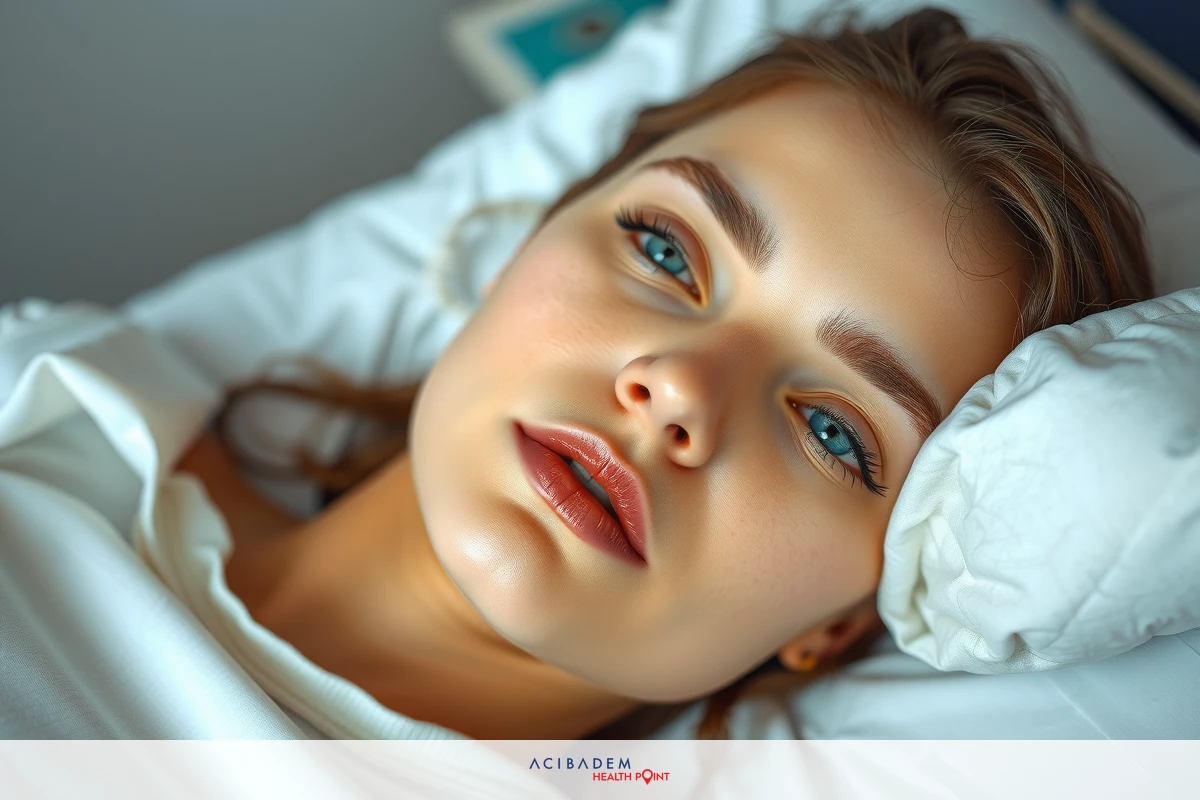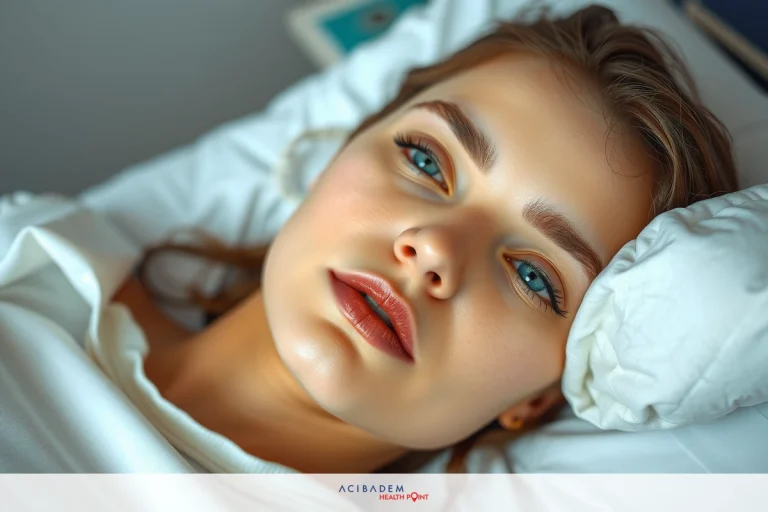Does Your Nose Keep Changing After Rhinoplasty?
Does Your Nose Keep Changing After Rhinoplasty? Rhinoplasty, or what is commonly referred to as a nose job, involves altering the shape of your nose for cosmetic or medical reasons. One common question that arises among patients who have undergone this operation is whether the nose keeps changing after rhinoplasty. It’s important to note that changes can indeed occur post-surgery.
The immediate post-surgery changes are typically noticeable and expected. This includes swelling and bruising which gradually subsides over time. As the healing process progresses, subtle transformations may also take place in the long-term. These alterations are usually slight and often contribute to the final intended outcome of the surgery. Understanding these potential changes can help manage expectations and lead to a more satisfying result.
To maintain the desired results of rhinoplasty, certain measures may be recommended by your healthcare provider. These can range from specific care instructions for your nose to general health practices that promote optimal healing. Proper adherence to these guidelines can play a crucial role in shaping your postrhinoplasty experience.
Immediate Post-Surgery Changes
The changes that occur in your nose immediately following a rhinoplasty procedure are primarily due to the surgical trauma and the body’s response to it. Notably, you can expect some swelling and bruising in the area. The extent of these immediate post-surgery changes often depends on the specifics of your procedure, such as the techniques used and the scope of alterations made to the nasal structure.
It’s also normal to experience some degree of discomfort or pain, which can be managed with medications prescribed by your surgeon. Additionally, there may be congested breathing due to internal swelling or potential packing inside your nose. You might also observe changes in skin sensation around your nose, including numbness or tingling, which generally improve over time.
Over the first few weeks post-rhinoplasty, these immediate changes start to resolve gradually. The swelling and bruising decrease, and the true shape of your transformed nose begins to emerge. It’s important to remember that this phase is temporary and a normal part of the healing process after a rhinoplasty. Patience is key during this period as your body adapts and recovers from the surgical intervention. Your surgeon will provide specific care instructions to aid this recovery process and minimize discomfort.
Long-Term Transformation
After the initial post-surgery changes have settled, you might notice additional alterations in your nose over time. These long-term transformations are a natural part of the healing process after rhinoplasty. They generally revolve around the refinement of your nose’s shape and features as the tissues continue to adjust to their new structure.
One key aspect of this long-term transformation involves the reduction of residual swelling. The initial postsurgical swelling subsides within a few weeks, but minor swelling can persist for several months. This is typically more noticeable in the morning and decreases throughout the day. Over time, as the swelling completely resolves, you’ll see the final result of your rhinoplasty emerge.
Another facet of the long-term transformation is related to skin adaptations. Especially in cases where significant reshaping was done during rhinoplasty, the skin overlying your nose needs time to adapt to its new form. This is particularly true for thicker skin, which may take longer to redrape and conform to the altered nasal frame. As these changes occur over time, they contribute to the overall transformation and final appearance of your nose

after rhinoplasty. Patience and careful adherence to post-operative instructions can aid this process, leading to a satisfying long-term outcome.
Maintaining Results
Achieving the desired results from your rhinoplasty procedure is one thing, but maintaining them requires careful attention and care. Once the immediate post-surgery changes have subsided, and the long-term transformation phase has passed, you would ideally like to maintain the final outcome. Here are some tips and strategies to help preserve the results of your rhinoplasty procedure.
- Follow Post-Operative Instructions: These instructions from your surgeon are designed to aid your recovery and maintain the results of your surgery. They typically include advice on cleaning, sleeping positions, and activities to avoid.
- Avoid Trauma: Protecting your nose from injury is crucial, especially in the early stages after surgery. Even minor trauma can cause changes in the shape of your nose.
- Stay Healthy: Good overall health can contribute to better healing and maintenance of surgical results. This includes balanced nutrition, regular exercise (once approved by your surgeon), and abstaining from smoking.
- Avoid Sun Exposure: Direct sun exposure can lead to swelling and discoloration of the skin on your nose. Using a high SPF sunscreen and wearing a hat can help protect your nose.
- Regular Check-ups: Regular follow-up appointments with your surgeon allow for monitoring of your progress and timely intervention if any issues arise.
By adhering to these guidelines, you can help ensure that the transformations achieved through rhinoplasty are preserved in the long run. It’s important to remember that maintaining results requires a commitment to care for your nose and overall health.
Frequently Asked Questions
How soon can I expect to see the final results of my rhinoplasty?
The final results of rhinoplasty can take several months to a year to fully manifest. It's important to be patient and allow your nose to heal and settle into its new shape. Swelling and minor changes will continue to resolve over time, revealing the final outcome.
Will my nose feel different after rhinoplasty?
It is common to experience some changes in sensation following rhinoplasty. You may notice temporary numbness or altered sensitivity in the nasal area. These sensations typically improve as healing progresses, but it may take several months for full sensation to return.
Can I wear glasses or sunglasses after rhinoplasty?
It is generally recommended to avoid wearing glasses or sunglasses directly on your nose during the initial healing phase. Your surgeon may suggest alternative options, such as using tape or wearing frames that rest on your cheeks instead of the bridge of your nose, to protect the surgical area.
Can rhinoplasty fix breathing problems?
Yes, rhinoplasty can often address both cosmetic concerns and functional issues with breathing. If you have pre-existing nasal obstruction or difficulty breathing through your nose, discussing this with your surgeon during the consultation can help determine if a functional rhinoplasty procedure is appropriate for you.











